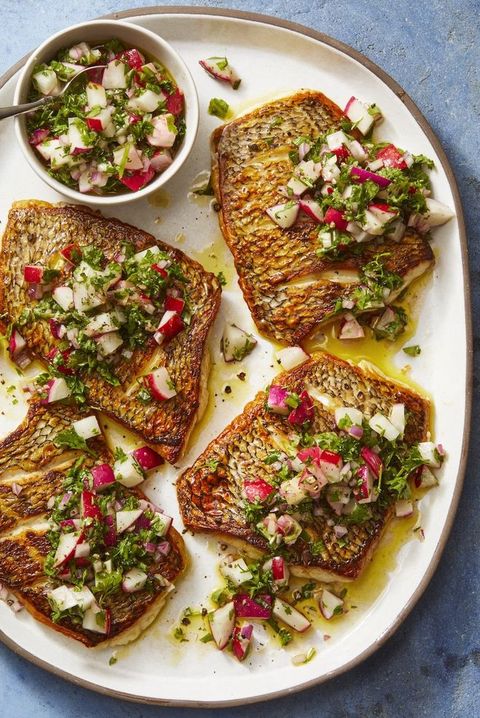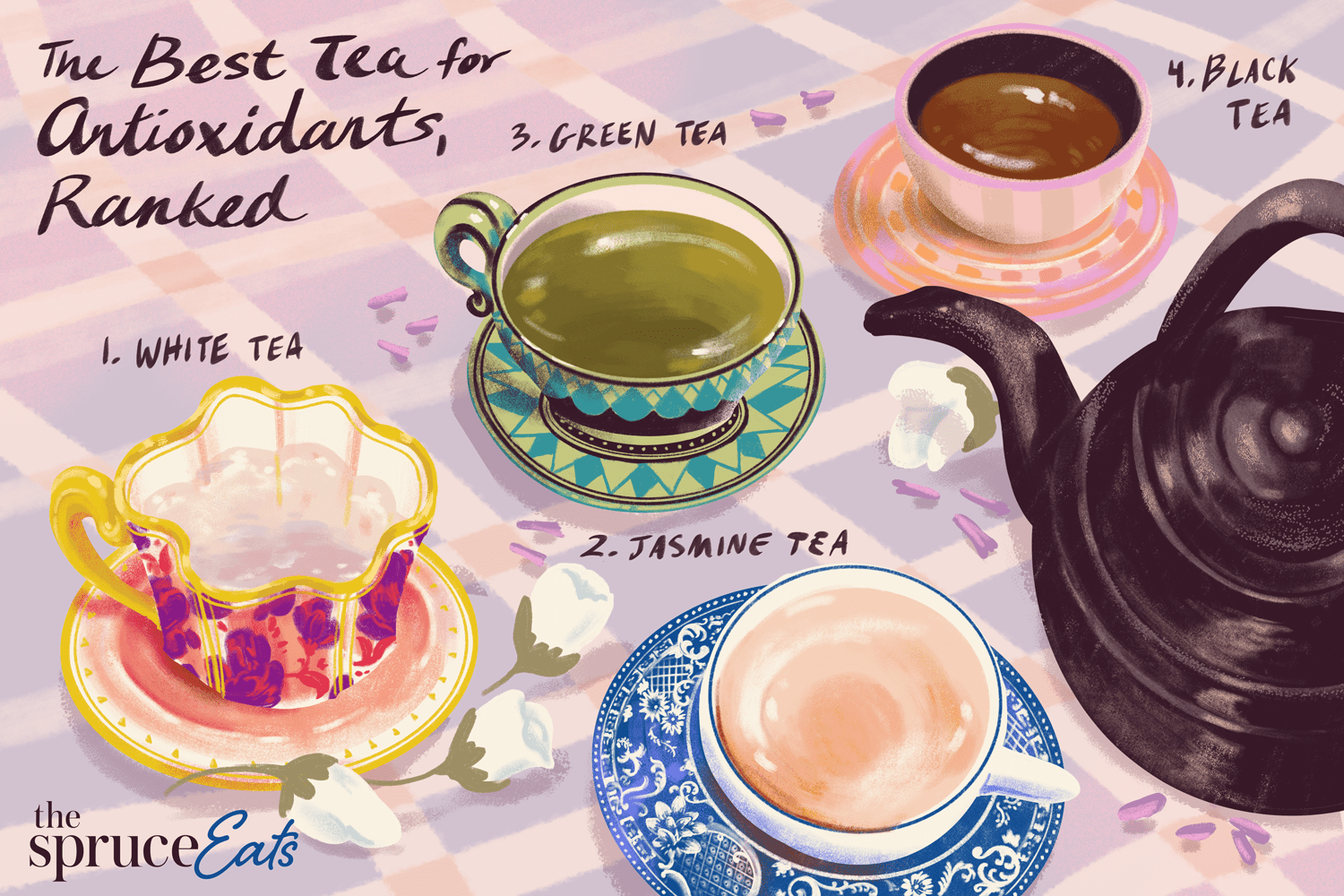
Healthy eating habits are essential to your overall health. A healthy diet can also help you recover faster. Although it is important to get rest and physical therapy, many people neglect the healing power that food has. These foods can promote healing by providing fuel for the body to repair itself. A balanced diet includes a wide range of nutrients. These nutrients can help the body heal itself faster than you might expect.
Foods that heal can taste delicious and nutritious. Premium Roasted Organic Nori Sheets are full of rare vitamins, minerals, amino acids, and other nutrients. They can be eaten as a standalone item or mixed with other foods. Their nutrient-rich properties will delight you, whether you eat it raw or make your own. They make a great addition to any meal thanks to their delicious flavor.
A local grocery shop will sell large leaves of aloe vera. Make an aloe vera smoothie by removing the leaves' top and bottom and throwing them away. To reveal the clear flesh, remove the green skin. You can then eat this flesh and make your favourite recipes or a healing juice. Roll the leaf in a tortilla and serve with creamy avocado dip sauce.
Maki rolls can be a good option if you are craving sushi. These healthy snacks, which are made with a variety if vegetables, are fun to make. You can eat them with a creamy avocado dipping sauce. It's a great way to share the delicious taste of sushi with family. You can also add dulse to your smoothies for a tasty way to boost your daily vitamin intake. Finally, try out some easy-to-make and delicious new foods.
There are foods that have healing properties. One of these foods is yogurt. The probiotics in yogurt can boost your immune system and protect you from pathogens. They protect against infection and increase immunity. Honey is the best food to heal. You'll feel healthier and more active if you eat these foods often. Honey can be helpful in fighting off viruses. These foods can heal you.

Honey is another food known for its healing properties. Its sticky nature helps you remember happy memories. It can protect you from viruses. It can also be used to help you with emotional issues. Its sticky nature makes it easy to recall good experiences. Honey can be used for allergies. It is also known to be a good food for improving your immune system. A balanced diet can protect your body from diseases. A healthy diet rich with yogurt will ensure that you consume it every day.
Seaweed is an incredible food, which can help heal your body. Its nutritional properties can protect you from illness. It can rebuild damaged DNA, and fight against disease. Seaweed can be used to strengthen the immune system. It is rich in active Iodine which protects your thyroid against radiation and viruses. This mineral is great for healing. You should always take this mineral if you are sick. It's worth looking into these foods if your not sure where to start.
Other foods that heal include quinoa, oats, and seeds. Oats are known to reduce blood cholesterol. They are a good source of fiber and plant-based proteins. These foods can help reduce your risk of developing heart disease. You should also eat a lot of foods rich in vitamin C and antioxidants.

Your overall health may be improved by eating foods that heal. Salmon, for example, is high in vitamin C which promotes wound healing as well as collagen production. Cottage cheese is good for lowering cholesterol and helps you fall asleep. Walnuts are an excellent source of fiber, antioxidants, and fiber. They are also excellent sources of zinc and magnesium. They are rich in potassium and magnesium, which is vital for your immune system. They can also help improve your mood.
FAQ
Can you become a self-taught chef?
Yes, you can be a self-taught cook! No matter how much you know, cooking is something that everyone enjoys. If you're interested in learning how cook at home, then start cooking. Start small with simple things like spaghetti sauce or pancakes for breakfast. You can learn the most by trying new recipes and making mistakes. You might even make some mistakes.
It takes anywhere from several hours to several weeks to learn how to cook, depending on your skill level. It's important to remember that cooking isn't just about following recipes. There are many ways of cooking food. So if you have an idea for a recipe, use it.
Do I have to learn how to cook with my children?
Yes! Yes! It's fun and teaches kids responsibility as well as teamwork. Children can help in everything, from washing vegetables and cutting onions. They will enjoy helping you to cook if your children are safe with knives.
What are the health benefits of slow cooking?
Slow cookers can be very helpful because you can prepare delicious meals quickly. Slow Cooker Recipes are often healthier than traditional recipes because they require less oil and fat. Additionally, slow cookers are more convenient than traditional recipes because they take care for themselves while you're sleeping.
What skills are necessary to attend culinary school
To become a chef, you must be able to cook well, work under pressure, and understand food safety regulations. To learn how cook, enroll in cooking courses at your local high schools or community colleges. After you have learned the basics, you can apply for jobs in a restaurant or catering business.
Statistics
- You'll be amazed that over 90% of CIA students receive scholarships and grants to finish their culinary studies. (ischoolconnect.com)
- under 10 Kids have been taught that there is special food just for them, and Fiese says that 10 percent of kids will throw a tantrum if they don't get the food they want. (washingtonpost.com)
- The median pay for a chef or head cook is $53,380 per year or $25.66/hour, according to the U.S. Bureau of Labor Statistics (BLS). (learnhowtobecome.org)
External Links
How To
How to make an omelet that is perfect
Omelets are one of my favorite foods to eat at breakfast. But how do you make them perfectly? Many different recipes and methods have failed to work for me. Today, I'd like to share some tips with you in order to make delicious and fluffy omelets every day.
Before we start making omelets, let's remember that eggs are temperamental. They must be fresh, preferably from the organic market, and be kept cold until cooking. If they are not kept cold enough, the whites won’t form properly. The yolks will also break down too quickly and become runny. This causes your omelets to look oddly colored. If you want to make omelets right away, it's best not to use eggs that are too cold.
Another tip is to separate the egg before adding it to the pan. You don't want any white to get mixed up with the yolk because this could cause the omelet to curdle.
If you add the egg directly onto the stovetop, you might end up burning the bottom part of the egg, which would ruin the texture of your omelet. Instead, heat the egg for 10 seconds in the microwave before placing it in the pan. The microwave heat cooks the eggs just right without overcooking them.
Next, let us talk about how to mix the eggs. You want to mix the eggs thoroughly before you add them. Turn the bowl upside down and grab the whisk to do this. Then, vigorously shake the bowl. By doing this, the egg is thoroughly mixed with the air in the bowl.
The fun part is now - adding the milk to the mixture. Fold the eggs in the milk mixture by first pouring half of it into the egg whites. If you still see streaks of eggs, don't worry. These streaks will disappear once the omelet has been turned over.
After you have folded the eggs, heat the oil in a pan over medium heat. Once the oil has started to sizzle, turn the heat down to low. When the oil is hot enough, add 1/4 cup butter to the pan. Stir it around until the butter covers the entire pan. Carefully open the pan's lid and add salt to the pan. A pinch of salt will help prevent the omelet from sticking to the pan.
Once the omelet forms, cover the pan again. Let the top side set completely. Use a spatula to flip the omelet or turn the pan upside-down. Cook the other side for another minute or two. Take the omelet out of the pan and immediately serve.
This recipe works best with whole milk, but skimmed milk also works.